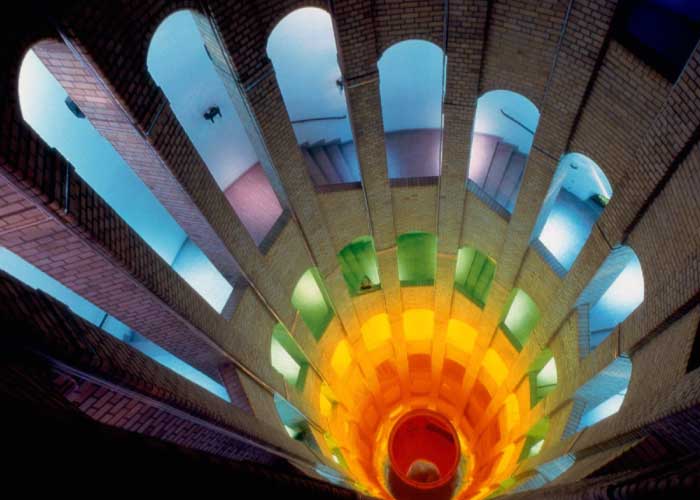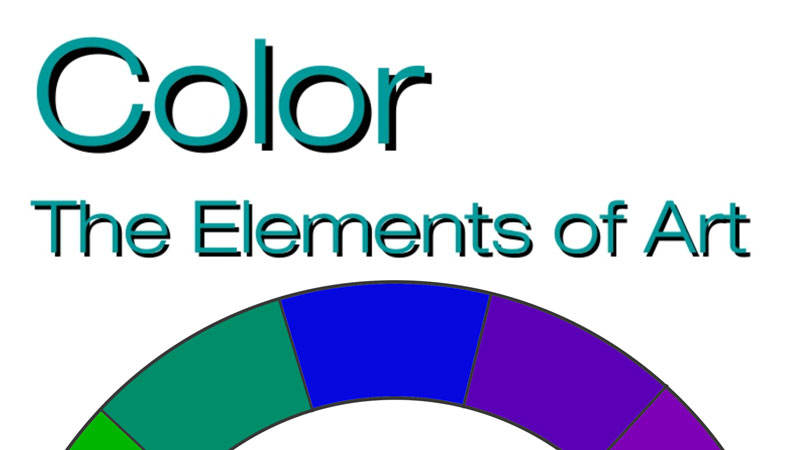

“Explaining the choice, the company cited ‘societal movements toward gender equality and fluidity, the consumer’s increased comfort with using color as a form of expression, a generation that Vanessa Friedman quotes Pantone’s statement on the choice: In “ Pantone’s Color(s) of the Year Have a Political Edge,”

Was, for the first time, a combination of two colors for 2016: pale blue and pink hues called Serenity and Rose Quartz. Many anticipate the announcement of their “color of the year,” which Pantone sets the color standard for the printing industry and their Pantone Matching System is also used in fashion, art and design. Just ask The Green Lady of Brooklyn, an artist who saturates her life in a summery Some studies even suggest it can affect our productivity and our creativity.Ĭolor can even help us form our identities. It has special associations with holidays, pop culture and sports events.

It can tell us when to go and when to beware. In 2016, for the first time, Pantone chose a blend of two colors: Rose Quartz (a kind of mineral pink) and Serenity (a light blue) for its “Color of the Year.” Related Article CreditĬolor influences us more than we know. Benjamin’s use of color in combination with shape in comparison with Mr. Which color combinations attract you most and why? Is it a personal connection or preference, or something else?.What do you notice about the space where two colors meet in his paintings?.Kelly’s work with work in a slide show called “ Dance The Line: Paintings by Karl Benjamin.” View the recent slide show tribute, “ Ellsworth Kelly, Mixing Abstraction with Simplicity” Which colors do you notice most prominently in Mr. Where do these colorful shapes lead your eye? What kind of sensations do they produce? Do primary colors have a stronger impact than secondary colors? Hard-edge painting has sharp, strong dividing lines between colors. He also liked to investigate the dynamic space between two colors. Kelly liked pure colors, ones that were easy to describe, and he was inspired by nature, having been a bird-watcher in his youth. Related Slide Show | Related Obituary Credit Ellsworth Kelly/Matthew Marks GalleryĮllsworth Kelly was an artist who contributed to the Color Field movement, as well as to Minimalism, and to a style known as Hard-Edge painting. Hidden in storage for years after last being shown in 1965, but they had recently been unearthed and exhibited in New York. In Roberta Smith’s review “ Flora Crockett, a Forgotten Abstract Painter,” she tells the story of an artist whose works remained Do the artists use primary or secondary colors, or both?įor more examples, browse the slide show, “ A Color Field Artist,” featuring work by the painter Kenneth Noland.Are the colorful areas delineated or blended?.Do the color combinations remind you of anything specific? Consider what might have been each artist’s inspiration.Which colors contribute to those feelings?.Which pieces feel calm? Which feel more lively?.View the slide show and spend time looking at each piece, paying special attention to your immediate reactions: Frankenthaler keeps us conscious of her high-wire act in the jaggedly stepped colors of the aptly titled “Flood” and “Interior landscape,” which centers on a single, exuberant splash. The artist Helen Frankenthaler’s painting “ Flood” is described as exuberant, exemplifying how artists use In the slide show for this 2008 article, “ Color as Field: American Painting,” Helen Frankenthaler in her studio, 1956 Credit

How can color - or lack of it - affect our perception of an artwork and our desire to investigate it further?ĭo certain color combinations evoke personal memories or associations? With many artists focusing on color itself as their main subject. The infinite color spectrum has been celebrated in modern art movements such as Color Field painting, Still to come: posts on space, value and texture.Ĭolor is intrinsic to art and is employed in countless ways by visual artists and designers.Ĭolor can attract or repel, be quiet or loud, and convey a multitude of moods. So far we have published pieces on shape, form and line. Welcome to the fourth piece in our Seven Elements of Art series, in which Kristin Farr of KQED Art School helps students make connections between formal art instruction and our daily visual culture. Teaching ideas based on New York Times content.


 0 kommentar(er)
0 kommentar(er)
